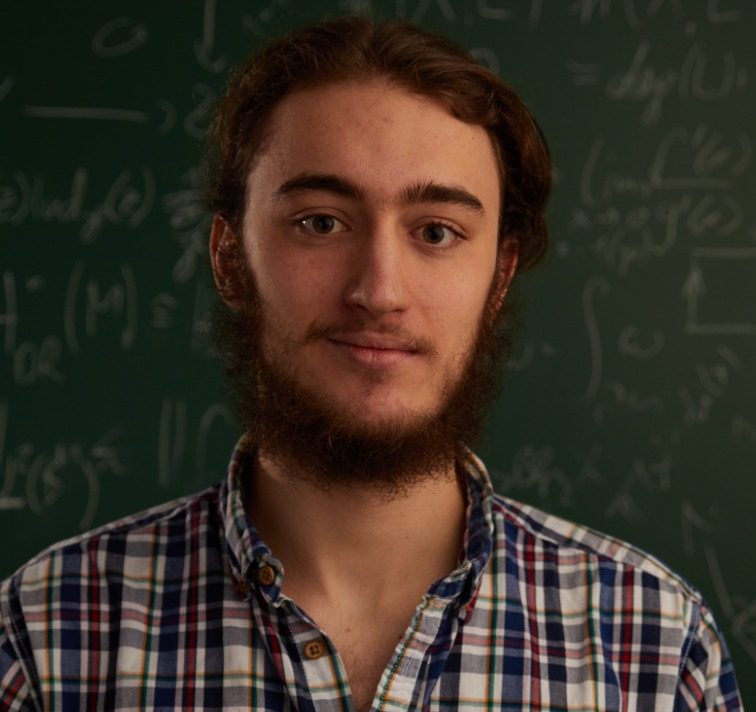Power calculations
Using R we will do some power calculations
Necessary library pwr, loads with library(pwr)
Necessary function: pwr.t2n.test
See: https://www.statmethods.net/stats/power.html
Optimistic: We reach everyone
Pessimistic: We reach 66% of treatment and control group.
Year 1, pessimistic projections
ith n-treatment=20, n-control = 20, power = 0.9,sig.level= 0.05, power = 0.9, minimal detectable effect in standard deviations (d) = ?
t test power calculation
n1 = 20
n2 = 20
d = 1.051997
sig.level = 0.05
power = 0.9
alternative = two.sided
Year 1, optimistic projections
With n_treatment=30, n_control = 60, power = 0.9,sig.level= 0.05, minimal detectable effect = ?
t test power calculation
n1 = 30
n2 = 60
d = 0.7328756
sig.level = 0.05
power = 0.9
alternative = two.sided
With n = ?, power = 0.9,sig.level= 0.05, power = 0.9, minimal detectable effect = 0.5
Two-sample t test power calculation
n = 85.03128
d = 0.5
sig.level = 0.05
power = 0.9
alternative = two.sided
NOTE: n is number in each group
Year 2, pessimistic projections
With n_treatment=40, n_control = 40, power = 0.9,sig.level= 0.05, minimal detectable effect = ?
t test power calculation
n1 = 40
n2 = 40
d = 0.7339255
sig.level = 0.05
power = 0.9
alternative = two.sided
Year 2, optimistic projections
With n_treatment=60, n_control = 120, power = 0.9,sig.level= 0.05, minimal detectable effect = ?
t test power calculation
n1 = 60
n2 = 120
d = 0.5153056
sig.level = 0.05
power = 0.9
alternative = two.sided
Year 3, pessimistic projections
With n_treatment=60, n_control = 60, power = 0.9,sig.level= 0.05, minimal detectable effect = ?
t test power calculation
n1 = 60
n2 = 60
d = 0.5967207
sig.level = 0.05
power = 0.9
alternative = two.sided
Year 3, optimistic projections
With n_treatment=90, n_control = 180, power = 0.9,sig.level= 0.05, minimal detectable effect = ?
t test power calculation
n1 = 90
n2 = 180
d = 0.4200132
sig.level = 0.05
power = 0.9
alternative = two.sided
Year 4, pessimistic projections
With n_treatment=80, n_control = 80, power = 0.9,sig.level= 0.05, minimal detectable effect = ?
t test power calculation
n1 = 80
n2 = 80
d = 0.5156619
sig.level = 0.05
power = 0.9
alternative = two.sided
Year 4, optimistic projections
With n_treatment=120, n_control = 240, power = 0.9,sig.level= 0.05, minimal detectable effect = ?
t test power calculation
n1 = 120
n2 = 240
d = 0.3633959
sig.level = 0.05
power = 0.9
alternative = two.sided
Population necessary to detect an effect size of 0.2 with significance level = 0.05 and power = 0.9
Here the free variable was d= minimal detectable effect
With n = ?, power = 0.9,sig.level= 0.05, power = 0.9, minimal detectable effect = 0.2
Two-sample t test power calculation
n = 526.3332
d = 0.2
sig.level = 0.05
power = 0.9
alternative = two.sided
NOTE: n is number in each group
here the free variable was n, the population of the treatment group
son = population of the treatmente group = population of the control group
necessary to detect an effect of 0.2
Population necessary to detect an effect size of 0.5 with significance level = 0.05 and power = 0.9
Two-sample t test power calculation
n = 85.03128
d = 0.5
sig.level = 0.05
power = 0.9
alternative = two.sided
NOTE: n is number in each group
Population necessary to detect an effect size of 0.2 with significance level = 0.10 and power = 0.9
Two-sample t test power calculation
n = 428.8664
d = 0.2
sig.level = 0.1
power = 0.9
alternative = two.sided
NOTE: n is number in each group
Population necessary to detect an effect size of 0.5 with significance level = 0.10 and power = 0.9
Two-sample t test power calculation
n = 69.19719
d = 0.5
sig.level = 0.1
power = 0.9
alternative = two.sided
NOTE: n is number in each group
Conclusions.
Even after 4 years, under the most optimistic population projections (i.e., every participant answers our surveys every year, and 60 students who didn’t get selected also do), we wouldn’t have enough power to detect an effect size of 0.2 standard deviations with significance level = 0.05. However, it seems feasible to detect the kinds of effects which would justify the upward of $150.000 / year costs of ESPR within 3 years. The minimum effect which justifies the costs of ESPR should be determined beforehand, as should the axis along which we measure. I would also suggest to expand the RCT to SPARC once its feasibility has been tested at ESPR.
